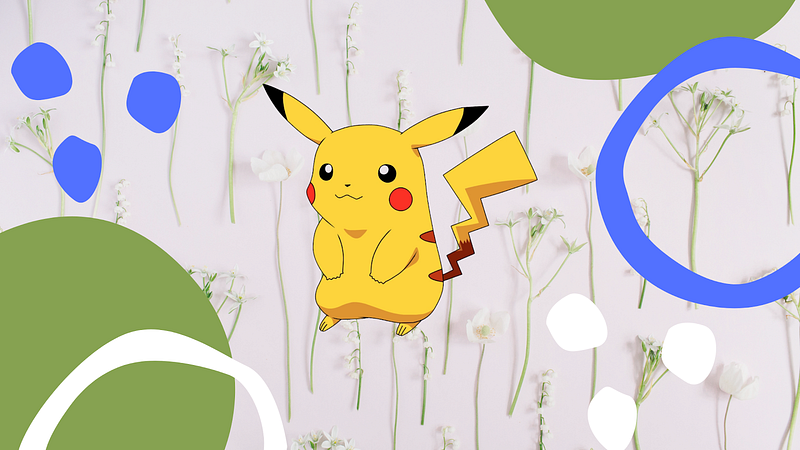# Pokémon: A Charming Exploration of Ecology in a Kids' Show
Written on
Chapter 1: The Unexpected Journey into Pokémon
My guilty pleasure is tuning into the Pokémon series nearly every day. This habit developed about a year ago during a visit to my cousins in Maryland when my adorable three-year-old cousin insisted I join him in watching Pokémon: Sun and Moon on Netflix. I never anticipated that I would become captivated by the show’s enjoyable formula, nor that I would set aside an hour daily as a mental escape.
As I delved deeper into the episodes, I realized that Pokémon fundamentally revolves around the intricate relationships shared between Pokémon, humans, and the environment. Essentially, it’s a children’s show that serves as a commentary on ecology—the study of how organisms interact with their surroundings.
Section 1.1: Understanding the Pokémon World
To provide some context for those unfamiliar: The Pokémon series is based on a video game franchise where players engage in battles with Pokémon—creatures endowed with unique abilities—aiming to become champions in various regions. The narrative follows Ash Ketchum, a ten-year-old Pokémon Trainer aspiring to become a Pokémon Master, as he journeys through several regions. The show is currently in its 23rd season, boasting over 1,000 episodes. (And to clarify, no, I haven’t seen every single one.)

Despite its entertaining facade, a key theme in the show addresses the possibility of harmonious coexistence between humans and Pokémon. In numerous episodes, the two groups live together peacefully in both urban and rural settings. However, due to the special abilities of Pokémon, humans often perceive them as resources to be exploited. Within the series, Pokémon can either be “owned” by humans or remain wild. For instance, I once saw an episode featuring a Machamp working as a masseuse—clearly, not all Pokémon are under human control.
Section 1.2: The Role of Humans and Pokémon
Many characters, such as Ash and his friends, strive to protect Pokémon and their habitats—some regions are designed as wildlife reserves to deter poachers. Yet, there are recurring instances where humans encroach upon Pokémon territory. A notorious example is the temporarily banned episode “Tentacool and Tentacruel,” where octopus-like Pokémon retaliate against human development plans that threaten their homes.
The ecology message is unmistakable: the true heroes are those who appreciate Pokémon for their intrinsic value and recognize their essential role within a complex environmental system. For instance, in the episode titled “Bulbasaur…the Ambassador!”, Professor Oak observes a conflict between Grass-type and Water-type Pokémon and enlists Ash’s Bulbasaur to help mediate. The outcome is positive, showcasing the importance of cooperation.
Chapter 2: A Cultural Appreciation for Ecology
In the Pokémon universe, scientific understanding and ecological knowledge are not just valued but are woven into the fabric of society. Professors are revered for their challenging roles in discovering and studying new Pokémon species. Thanks to their relentless research, everyone has access to ecological data at the touch of a Pokédex. From a young age, characters in the series learn to respect and understand the creatures they share their world with, which likely comes with the added incentive of facing magical attacks.
The real world often separates “Natural” from “Civilized,” creating a false dichotomy that overlooks their constant interaction. In contrast, the Pokémon realm allows these two domains to blend seamlessly, yielding both benefits and challenges. Fortunately, the Pokémon consistently emerge victorious.
In the first video, The Pokémon Anime Just Shocked EVERYONE, viewers explore surprising developments in the Pokémon series that challenge expectations.
The second video, Pokémon Ecology ep 3: Pikachu!, dives into the ecological aspects of Pikachu, emphasizing the scientific themes that underpin the franchise.